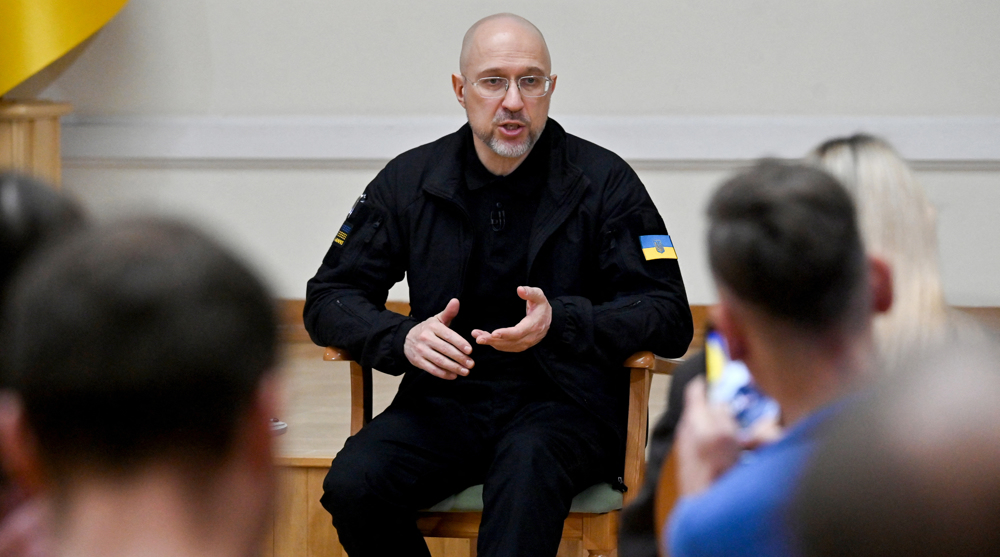Norway marks 4th anniversary of Breivik massacre
Norwegians have commemorated those who were killed in anti-Islam lone-wolf terrorist attacks that hit Oslo and Utoya in 2011.
The Norwegian government also set up a controversial exhibition about the tragedy, putting on display several items used by far-right extremist Anders Behring Breivik on the ground floor of the same building where he started his rampage in the capital Oslo on Wednesday.
On July 22, 2011, Breivik detonated a 950-kilogram car bomb outside the office of the then Norwegian prime minster, current NATO chief Jens Stoltenberg. Eight people were killed in the incident.
Under the claim that he was fighting multiculturalism and a "Muslim invasion," he then opened fire on a Labor Party's youth wing gathering on the island of Utoya, killing another 69 people.

"The most important message today is that we have to continue to fight against hate rhetoric and extremism, and that future generations come here and learn about what happened," said Norwegian Prime Minister Erna Solberg after the opening ceremony of the event.
The exhibition displays items such as the remains of the explosives-filled van and faked identification documents that Breivik used in the attacks.

Solberg added that the incident was Norway’s “darkest day” and that its victims will always be remembered with “love.”
Meanwhile, the exhibition also sparked the anger of many online campaigners who say it will only increase the the killer's publicity.
"A Breivik museum will probably be a feather in his cap,” one campaigner said on Facebook.
"A Breivik museum in the government complex? No thank you. Send the goods to the National Museum of Justice in Trondheim instead," another campaigner said on Twitter.
Solberg denied such claims saying that she “didn't feel that the burned-out car made such a big impression. It just shows the power of the explosion."
"I think the strongest impressions are the opposite, that is, the images of the resistance against extremism."
Breivik, who has never shown any signs of remorse for his actions, was sentenced to a 21-year prison sentence in 2012.
VIDEO | Gaza ceasefire has stalled, and Trump's warnings
Syrian regime declares curfews in several regions
Sudan takes UAE to UN court over 'complicity in genocide'
Trump's threats will embolden Israel to ignore ceasefire: Hamas
Hamas ready for 'all possibilities' after 'last warning' by Trump
Iran elected vice president of OPCW panel despite US opposition
Lavrov: Macron 'preparing to use a nuclear weapon against Russia'
Iran FM in Saudi Arabia for OIC meeting on US depopulation of Gaza










 This makes it easy to access the Press TV website
This makes it easy to access the Press TV website